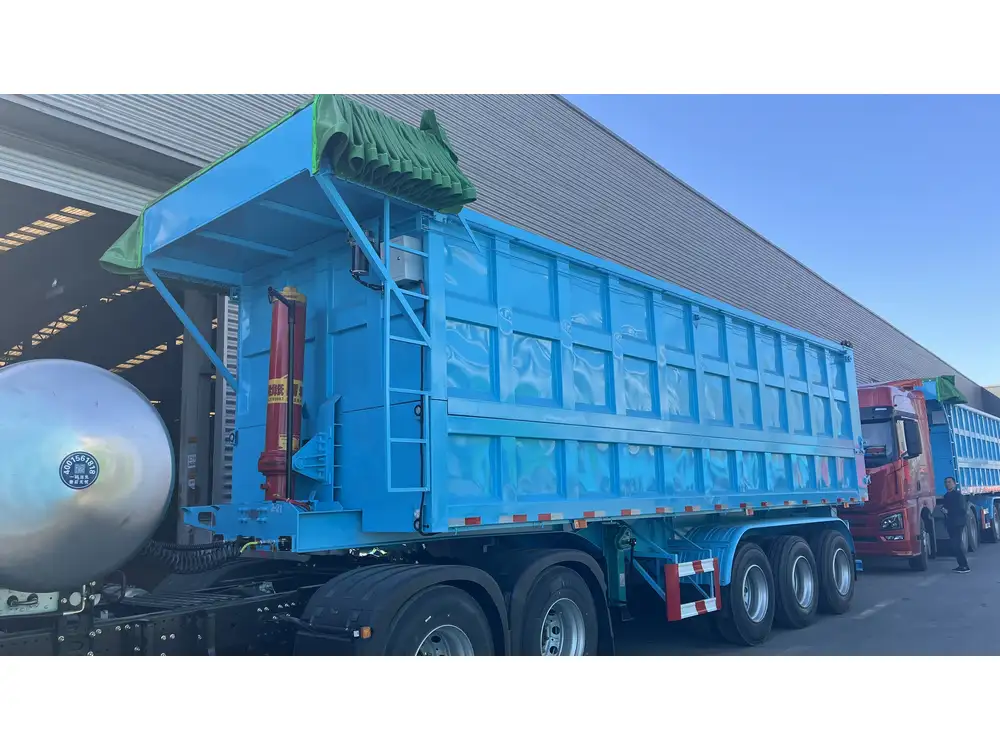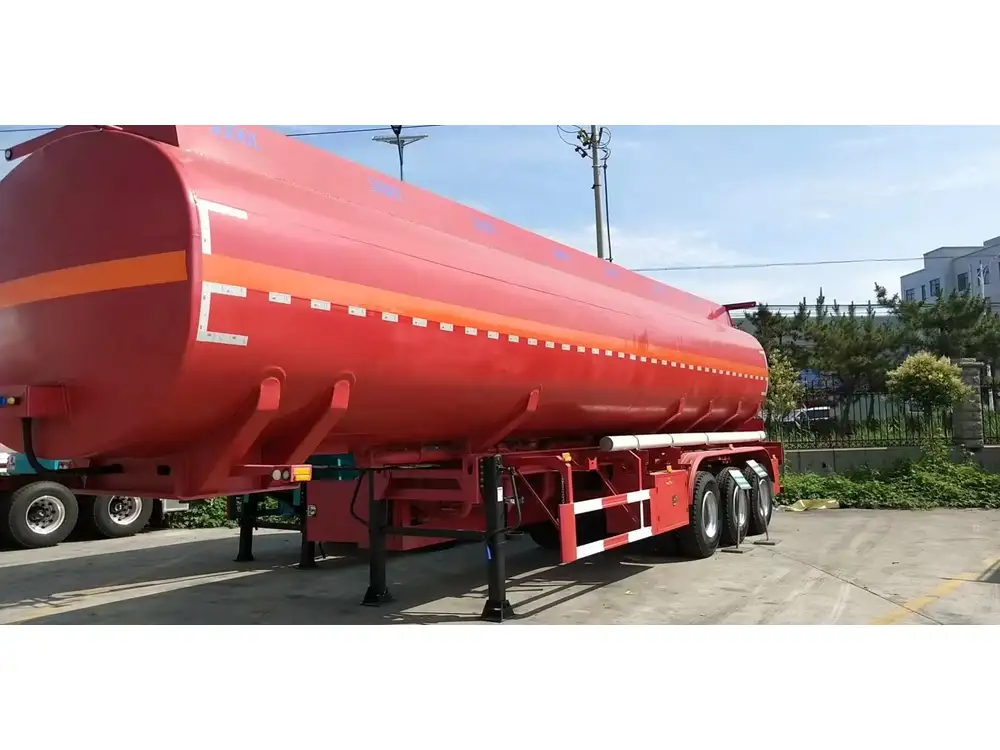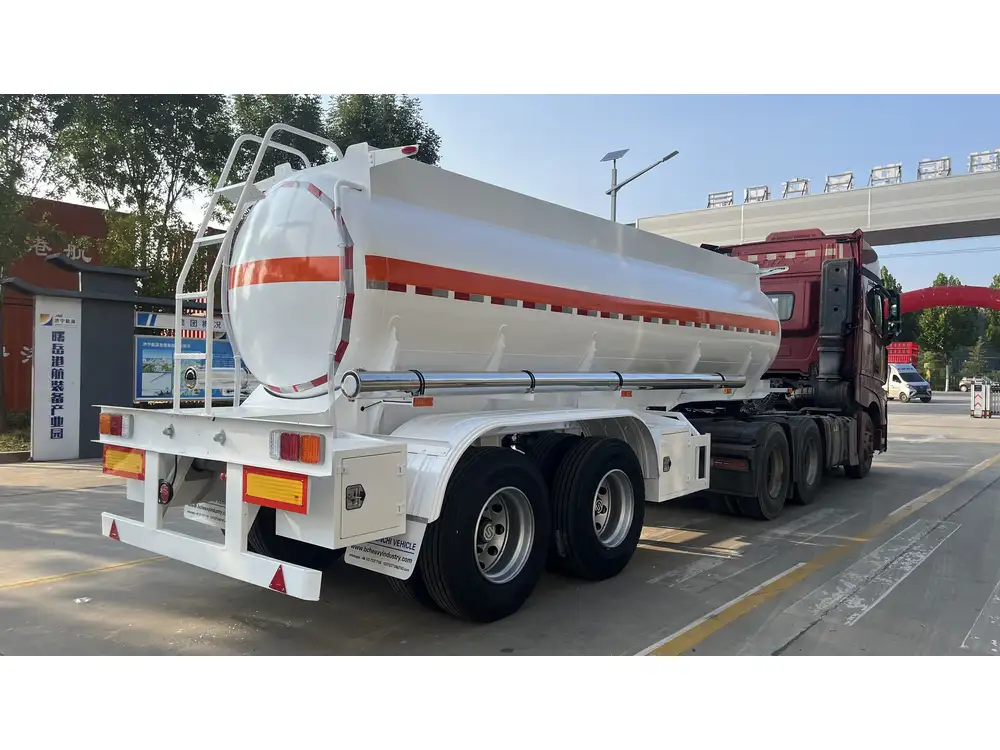Flatbed trailers are one of the most versatile types of transport equipment in the logistics and shipping industries. Their open design and robust structure make them ideal for a vast array of cargo types, which means they frequently find application across various sectors—from construction to agriculture, and even within the automotive industry. Understanding the scope of what flatbed trailers can transport is essential for businesses looking to optimize their logistics and for manufacturers aiming to meet specific transport needs.
Types of Cargo Suitable for Flatbed Trailers
Here, we delineate the primary categories of cargo that flatbed trailers can efficiently transport.
1. Heavy Equipment and Machinery
Flatbed trailers excel in the transport of heavy machinery, owing to their ability to accommodate large loads without hindrance. This includes:
- Construction Equipment: Excavators, bulldozers, graders, and backhoes can be safely loaded onto flatbeds, enabling seamless transport from job site to job site.
- Industrial Machinery: Items like lathes, milling machines, and assembly line equipment are often too bulky for enclosed trailers but can be easily managed on a flatbed.

2. Building Materials
Construction projects often require substantial quantities of raw materials. Flatbed trailers can carry:
- Lumber: Long lengths of timber, plywood sheets, and finished wood products can be stacked safely on flatbeds.
- Steel Beams and Rebar: The structural components paramount to construction can be transported without the constraints of a roof or walls, reducing the risk of damage.
3. Automotive and Transportation
The flatbed design is particularly adept at handling various automotive loads:
- Cars and Trucks: Flatbeds are widely used for transporting vehicles from manufacturers to dealerships or from dealerships to repair shops.
- Motorcycles and ATVs: The open design facilitates the careful loading and unloading of recreational vehicles.
4. Agricultural Products
Farmers and agricultural businesses benefit significantly from the versatility of flatbed trailers:
- Tractors and Harvesters: Large farming equipment, such as tractors and combine harvesters, are easily loaded and transported via flatbeds.
- Bulk Produce: Goods like hay bales, crates of fruits, and other bulk agricultural products can be stacked and secured effectively.

5. Containers and Palletized Cargo
Flatbed trailers can also be used for transporting various containers and palletized goods:
- Shipping Containers: Standard ISO containers can be loaded onto flatbeds for easy transfer over short distances.
- Pallets of Goods: Palletized items, such as electronics, clothing, and consumer products, can be efficiently transported without the confines of a traditional van trailer.
Capacity and Specifications
Understanding the specifications of flatbed trailers is crucial for determining what they can transport effectively. Here are some key metrics:
| Specification | Details |
|---|---|
| Length | 48 ft or 53 ft common sizes |
| Width | 8.5 ft standard maximum width |
| Deck Height | 36 inches typical |
| Load Capacity | 48,000 to 60,000 lbs on average |
Load Distribution and Weight Management
Proper loading and weight distribution are essential when utilizing flatbed trailers. Overloading a vehicle can lead to safety hazards, fines, or damage to the cargo. It is critical to follow recommended weight limits and engage in the following best practices:
- Even Distribution: Load cargo evenly across the deck to maintain balance.
- Securing Cargo: Utilize chains, straps, and tie-downs to secure items, preventing shifting during transit.

Advantages of Using Flatbed Trailers
Flatbed trailers offer a multitude of advantages compared to other transport modes:
1. Versatility
Flatbeds can carry a wide range of cargo types, making them an essential part of any transport operation. Their open structure allows for easy loading and unloading, accommodating various shapes and sizes.
2. Easy Loading and Unloading
Flatbed trailers can be loaded and unloaded from all sides. This is especially useful for heavy equipment, where cranes or forklifts can operate efficiently without space constraints.

3. Cost-Effectiveness
By maximizing the amount of cargo transported in one go, flatbed trailers can reduce shipping costs per unit. This is particularly beneficial for industries that rely on bulk transport.
4. Enhanced Stability
With their sturdy design and low center of gravity, flatbed trailers provide better stability, especially when carrying heavy loads, compared to enclosed trailers that may sway or buck during transport.
Challenges in Flatbed Transportation
While flatbed trailers offer numerous benefits, they also present certain challenges. Understanding these challenges can inform better logistics planning.

Weather Exposure
- Risk of Damage: Cargo can be susceptible to rain, snow, and UV rays. It is critical to use tarps or other protective coverings when necessary.
- Temperature Sensitivity: Perishable goods must be adequately insulated or covered to prevent spoilage.
Security Risks
- Vandalism and Theft: The open nature of flatbed trailers makes them more vulnerable to theft and vandalism, necessitating the use of additional security measures such as locks and GPS tracking.
Regulatory Compliance
- Weight Regulations: Keeping track of state and federal weight limits can be challenging, and exceeding them can lead to hefty fines.

Safety Considerations
- Loading Protocols: Following proper loading protocols to avoid accidents is essential.
- Driver Training: Operators must be trained in handling flatbed trailers, including securing loads and maneuvering in tight spaces.
Best Practices for Transporting with Flatbeds
In mitigating challenges associated with flatbed transport, adherence to best practices proves invaluable. Here are some strategies:
1. Load Planning
Proper load planning must be a priority:
- Assess Cargo Dimensions: Know the sizes and weights of cargo to determine how to best arrange them on the flatbed.
- Use Load Boards: Load boards can help identify available trucks and loads, facilitating better planning.

2. Secure Properly
Always use high-quality securing devices:
- Chains and Straps: Employ chains for heavier loads and straps for lighter ones, ensuring they meet local safety standards.
3. Monitor Conditions
Stay aware of and responsive to weather conditions:
- Check Weather Forecasts: Plan travel routes and schedules according to weather predictions to avoid adverse conditions affecting safety.
4. Regular Maintenance
Ensure flatbeds are regularly maintained for optimal performance:
- Inspect Tires and Brakes: Ensuring that tires are inflated and brakes are well-maintained can seriously affect safety during transport.
- Check for Damage: The trailer should be inspected regularly for damage to the deck that could affect loading and safety.

Conclusion
Flatbed trailers provide a practical solution for transporting a diverse range of cargo. By understanding what they can transport and following best practices, businesses can optimize logistics, reduce costs, and ensure cargo safety. The ability to carry heavy machinery, building materials, automotive products, and agricultural goods efficiently makes flatbed trailers indispensable within the transportation sector.
Effective management of the inherent challenges associated with flatbed transport, such as exposure to the elements and security risks, can enhance operations further. Thus, employing the strategies discussed can lead to more efficient, cost-effective, and safe transportation of goods.
For businesses looking at logistics and transportation with flatbeds, it is paramount to analyze cargo requirements thoroughly, align practices with regulations, and prioritize both safety and efficiency at every level of operation. Adopting these fundamental principles not only improves operational effectiveness but also significantly contributes to your bottom line.



